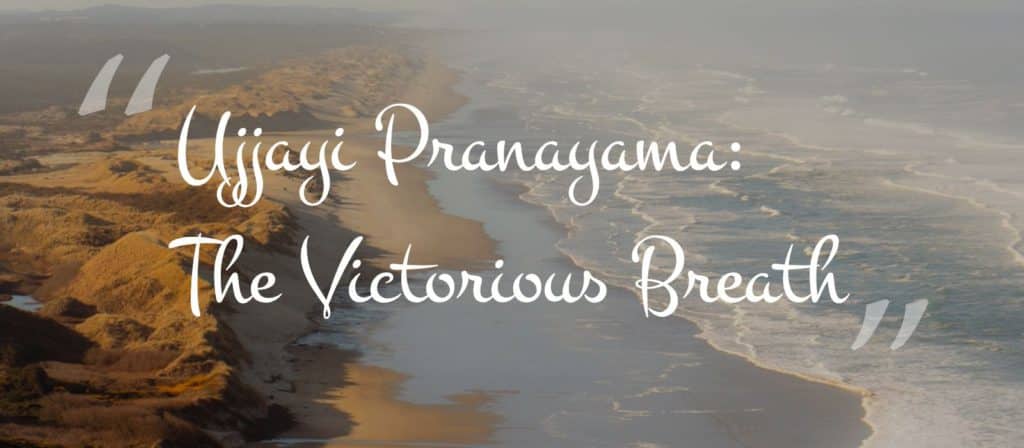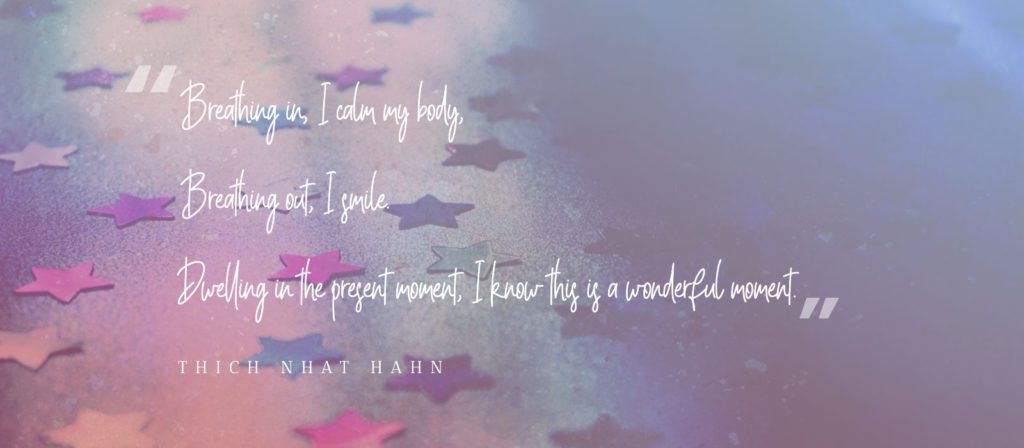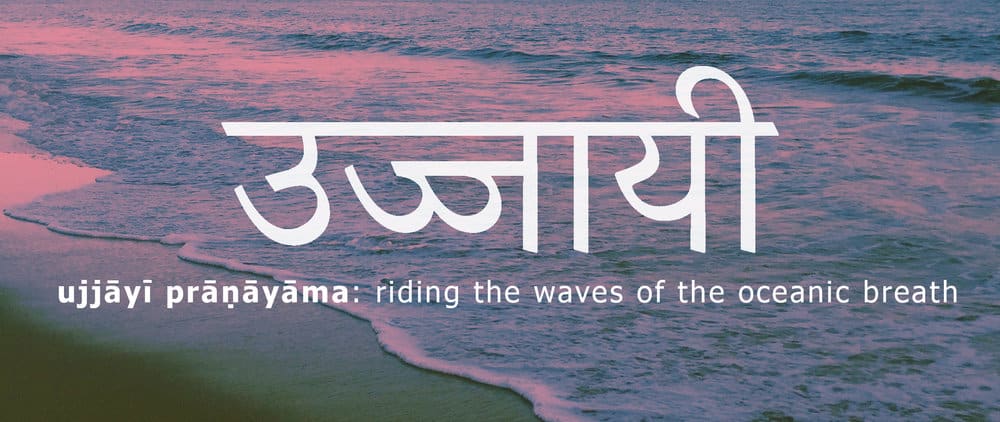Ujjayi pranayama is a fundamental yogic breath that is incorporated into many different practices, from active yoga asana flows to seated meditations.
In this post we’ll take a deep dive into how to do ujjayi breath for beginners and advanced practictioners alike. We’ll begin with a look at the meaning of ujjayi, and then you can watch the video below to learn the basic practice.
What Is Ujjayi? Definition and Meaning
Ujjayi pranayama is a practice that has its roots in both Indian and Taoist cultures.
Ujjayi means “to conquer” or “to be victorious,” while pranayama refers to developing control of the breath and vital energy in the body. Thus, ujjayi pranayama is often referred to as the victory breath, or the victorious breath.

Ujjayi breath is a great breath for beginners, because it does not require an extended technique, and is an easy breath to engage for a few moments and then release or re-engage as is comfortable for you.
How To Do Ujjayi Pranayama Technique
In this video, master yoga instructor Adrienne explains how to do the basic ujjayi breath technique and incorporate it into a yoga or meditation practice.
To begin, simply come into a comfortable seated meditation pose. This could be with your legs crosses, sitting up on a block or even on a chair. Just make sure your spine is erect.
Take a few moments to notice your natural breath before you begin the practice of ujjayi.
When you’re ready to begin the pranayama practice, allow your throat to constrict slightly as you inhale and exhale. Continue to breathe in and out through the nose, but the constriction in the throat has created a very slight resistance to the breath.
This resistance allows you to gain deeper control over the breath. It should be an audible sound as you breath, which you could equate to the sound of a peaceful ocean rustling, or even a Darth Vader sound!
Be careful not to force the throat closed as you continue with your breath. The constriction is just slight enough to anchor your breath and enable you to add sound and intensity to the breath.
Browse our full list of pranayama techniques.
Ujjayi Breathing Exercises
While the basic ujjayi breath technique can be explained quickly, mastering this breath may take patience and practice. To truly master this breath, play with the following three exercises.

Exercise 1: Seated Ujjayi
If you are brand new to ujjayi breathing, take your time working with the breath in a simple seated posture. Do not worry about bringing it into your yoga practice just yet. It is important that you gain familiarity with the pace and flow of the pranayama, which is probably very different from the feeling of your normal breath.
To practice this exercise, simply sit quietly, as in a meditation, and begin to use the ujjayi technique. Breathe using the technique for a few cycles of breath, then relax and return to a normal breath for several cycles. Repeat this process, alternating between engaging your ujjayi practice and releasing it to come back to a relaxed, easy breath.
Incorporating the breath in this way should feel like an easy meditation practice, in which you have a focused awareness of your breath, without concentrating too hard. Make sure you feel comfortable with this basic practice before moving on to the next two exercises.
Exercise 2: Maintaining Ujjayi Through Your Asana Practice
The next exercise is to begin to maintain your ujjayi breathing as you move through a hatha or vinyasa flow. Take it slowly, and begin by concentrating on your ujjayi pranayama in the “easy” poses.
Try using the breath technique to move in and out of cat-cow, downward dog, and other easy stretches. Then, gradually add the breath into longer sequences, including warrior and balancing poses.
Do not worry if this exercises are difficult to maintain at first. Begin by practicing each for a short period of time, and gradually lengthen the time you remain with the pranayama. This is especially true when using ujjayi in conjunction with an asana yoga practice. It is easy to forget the pranayama, or to truncate your breath as poses become more difficult. Simply relax and come back to your ujjayi whenever you notice you have strayed from it.
Exercise 3: Adding Space To The Breath
As you gain more comfort and familiarity with how to do ujjayi pranayama, you can also begin to slow the breath even further. Begin to practice elongating your inhalations and exhalations in an even rhythm.
Then, add space to the breath, lingering for a few moments at the top of the inhale, and exhaling fully to pause a moment before beginning the next inhalation. Gradually lengthen this space, so long as you are careful never to force the breath or deliberately hold it in or out. The key is to allow spaciousness, while maintaining a sense of flow.
Related Post: How To Do Nadi Shodhana, Alternate Nostril Breathing.




